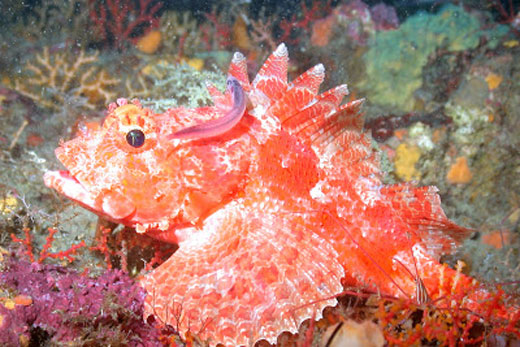To truly understand the mechanisms of natural selection, evolutionary biologists need to shift their focus from present-day molecules to synthesized, ancestral ones, says Shozo Yokoyama, a biologist at Emory University.
Yokoyama presented evidence for why evolutionary biology needs to make this shift on Friday, Feb. 15, during the American Academy of Arts and Sciences (AAAS) annual meeting in Boston.
"This is not just an evolutionary biology problem, it's a science problem," says Yokoyama, a leading expert in the natural selection of color vision. "If you want to understand the mechanisms of an adaptive phenotype, the function of a gene and how that function changes, you have to look back in time. That is the secret. Studying ancestral molecules will give us a better understanding of genes that could be applied to medicine and other areas of science."
For years, positive Darwinian selection has been studied almost exclusively using comparative sequence analysis of present-day molecules, Yokoyama notes. This approach has been fueled by increasingly fast and cheap genome sequencing techniques. But the faster, easier route, he says, is not necessarily the best one if you want to arrive at a true, quantitative result.
"If you only study present-day molecules, you're only getting part of the picture, and that picture is often wrong," he says.

